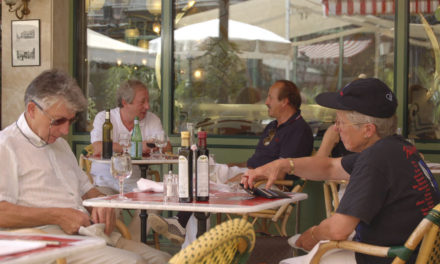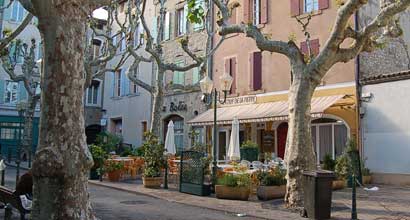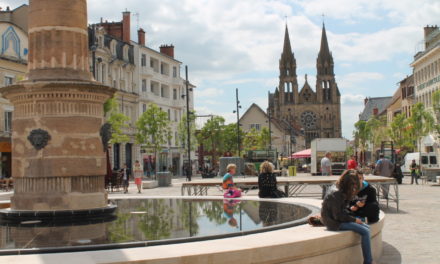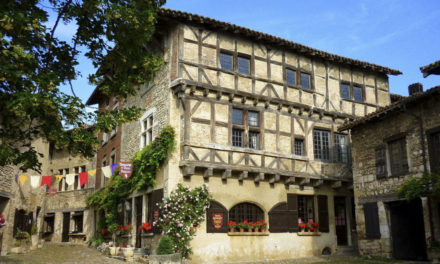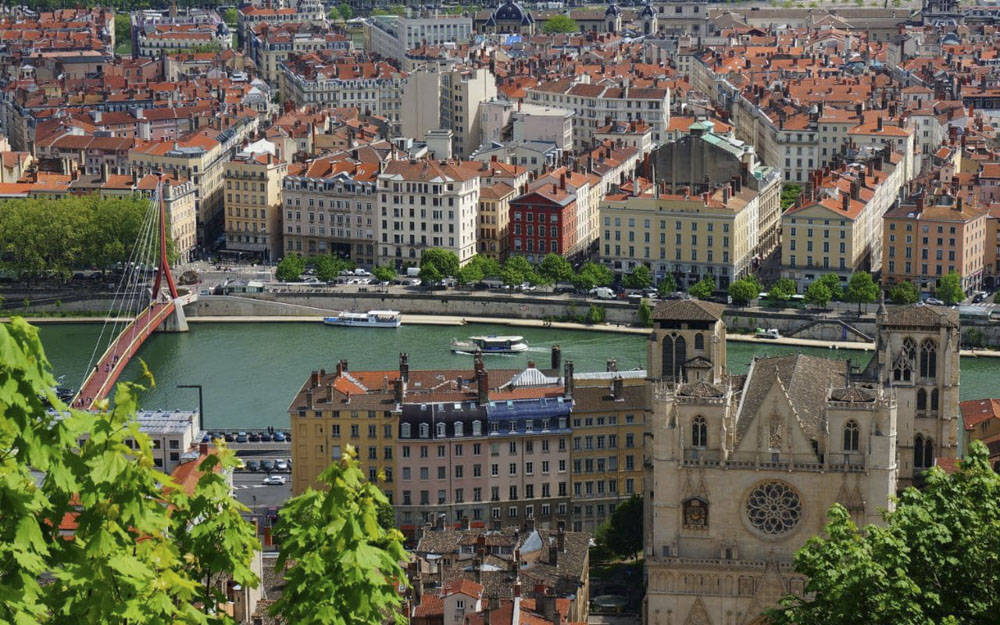
Lyon is the splendid capital both of the Rhône-Alpes region and of the département of the Rhône. But it’s not just the Rhône river that flows through France’s second city, the Saône in fact meets it here too. While north of town (on the west bank of the Saône) grow the famous vineyards of the Beaujolais, jokingly said to provide Lyon with its third river, one made of wine! Beaujolais’ gorgeous villages are almost entirely swamped by vines, they are planted in such density. Press west beyond these vineyards and you enter the peaceful wooded hills of the Beaujolais Vert. Just south of the Beaujolais, the Mont d’Or and Monts du Lyonnais skirting west of Lyon prove highly attractive too. The latter also produce easy-drinking wine under the appellation Coteaux du Lyonnais. Back with Lyon, France’s second city is considered French provincial capital of gastronomy and offers fantastic shopping, but it has a staggering cultural legacy too.
Book a Hotel in the Rhone
Lyon
Lyon has such a splendid historic legacy that a large section of the centre has been declared a UNESCO World Heritage Site. The city was founded by the Romans, who left three theatres still visible around town, two now serving as summer venues! A modern museum presents the best Roman finds, which are still being made in the town. Lyon early became a Christian centre, and major churches mark the city skyline, none more dramatically than Notre-Dame-de-Fourvière, gleaming white on its hillside, an answer to Paris’s Sacré-Coeur, and also dating from the 19th century. Down below, the Primatiale St-Jean is the city’s medieval cathedral, standing guard at one end of the substantial Renaissance quarter between the Saône and the Fourvière hill. This area has been well restored and is highly popular with tourists for its many restaurants and boutiques. The finest shopping, finest squares, and the finest museums lie across the water, on the flat Presqu’ile, or peninsula, between Saône and Rhône. Lyon owed much of its Ancien Régime prosperity to the silk trade which thrived until the early 1900s. The slopes of the Croix-Rousse north of the Presqu’île preserve some memories of the silk-making days. East of the Rhône, breezier quarters spread out across the flat plain leading to Lyon’s St-Exupéry airport. Lyon has many famous sons, including Antoine de St-Exupéry, author of that enchanting children’s book, Le Petit Prince, and the Lumière brothers who were brought up here in the city where they made the rather famous invention of cinema, celebrated in a museum in the eastern quarters. Back in the city centre, you can take a cruise on the town’s rivers in the evenings to marvel at the scene as the ‘Plan Lumière’ illuminates over 200 buildings before your eyes.
Monts du Lyonnais
In the rolling hills west of Lyon, the villages of the Coteaux du Lyonnais, several of them surrounded by vineyards, have been growing to provide the luckier city dwellers with a picturesque rural retreat, but fragments of Roman aqueducts recall that these hills have been exploited since antiquity. The Domaine de Lacroix-Laval provides a big back garden for the Lyonnais, the substantial grounds beyond the château serving as the setting for many cultural events. Nearby lies the swanky Charbonnières casino. However, feelings become much more rural if you explore the larger Monts du Lyonnais hills a bit further west, for example around the village of Montrottier high on its hilltop, in cherry-producing lands. Or seek out the Parc Animalier de Courzieu, an animal reserve lost down in a deeply wooded valley, with a pack of wolves lazing around, while displays of falconry offer livelier entertainment. Squeezed between the Lyon, the Monts du Lyonnais and Beaujolais, going via the west bank of the Saône from the Rhône’s capital, you come to the golden-stoned villages of the Mont d’Or. One, Collonges, is home to one of the most famous restaurants in France, that of legendary chef Paul Bocuse. In a quaint village above, the achievements of one of France’s most celebrated scientists are fêted – Ampère, after whom the amp, the basic unit of electric current, is named. Gorgeous views then open up from the peaks of the Mont d’Or.
Beaujolais
The famous vineyards of the Beaujolais are a wine lover’s paradise, the vine-covered hills a joy to behold! With 22,500 hectares of vines making these hills a patchwork quilt of vines, villages, châteaux and elegant houses have to fight for space. The southern half of the Beaujolais wine-making area has become known as the Pays des Pierres Dorées (The Land of Golden Stone), because of the beauty of the blocks from which the architecture is built. The hilltop villages such as Charnay and Ternand, Oingt and Theizé, or Jarnioux and Ville-Jarnioux look exquisite, while Bagnols is topped by a castle which is now home to one of the most sumptuous hotels in France. Good wines are produced in the Pays des Pierres Dorées, but under the plain appellation of Beaujolais. Further north, you come to the territories of appellation Beaujolais-Villages, generally considered a cut above plainer Beaujolais, which surrounds the ten Beaujolais crus, most named after delightful sounding villages around which the best-known Beaujolais wines are made, such as Brouilly, Régnié, Morgon, Chiroubles, Chénas and Fleurie. These extremely well known wine villages are highly attractive too, with innumerable wine properties and cellars to visit. There is the odd town in the Beaujolais, Villefranche-sur-Saône modern-day capital of the area, boasting a new, interesting art museum concentrating on a century of paintings of the wider region. Belleville-sur-Saône has an historic hospital you can visit, and outside town, Capvignes, one of half a dozen Pôles Oenologiques scattered around the Beaujolais has centres explaining different aspects of these wine territories, from soil to production. The most famous town in the area though is Beaujeu, after which the Beaujolais is named. Vines climbing out of its steep valley, it has a pleasant atmosphere, as well as wine shops and museums. It really comes to life for the famous Beaujolais Nouveau celebrations in November, when the whole place is set alight. The tradition of Beaujolais Nouveau dates back to 1951. The new wine only undergoes a short fermentation, meaning it is ready very quickly. But most Beaujolais wine is made with much more tender loving care. For the soberer side of the Beaujolais hills, visit the Beaujolais Vert, where vines give way completely to dense forests in a land of logging. There are still pretty spots to discover, and lakes, but this is a quiet corner that feels a world away from the bright lights of cosmopolitan Lyon.
| Title | Address | Description |
|---|---|---|
RHONE | Rhône, France |


